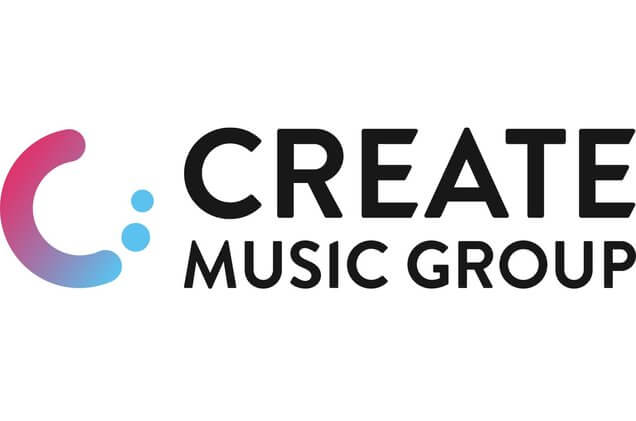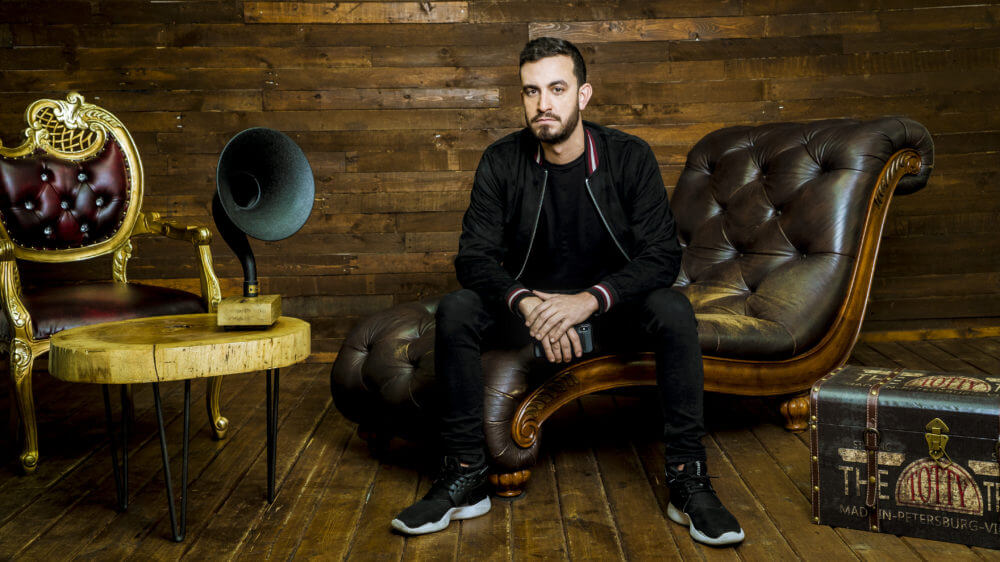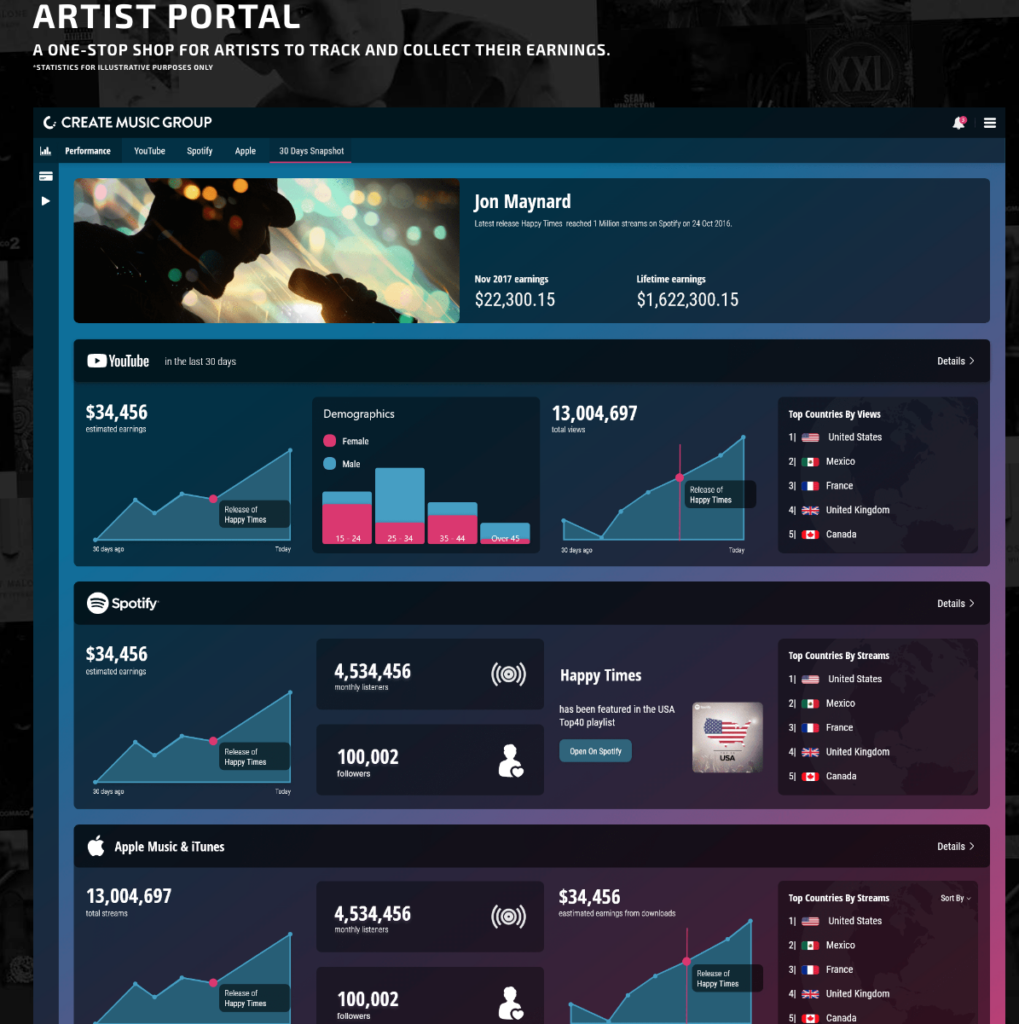
You can gain traction — even some success — all by yourself as an independent artist. We’ve seen many examples of this, whether it’s the perfect playlist add that results in thousands of new followers/listeners and millions of streams, or even the right placement on a show or ad coupled with a Shazam campaign. Those are good. But to go big, truly big, you have to hit tens of millions of overall streams, gain hundreds of thousands of overall subscribers, and that is nearly impossible to do alone.
You would think all of those numbers would result in money too, actual cash, duckets. Nope. The fact is, even with that kind of viral pop or surprise hit, if you don’t have everything setup correctly, you will leave hundreds of thousands of dollars to blow in the wind (or sit in a black box). These are things like mechanical collection through HFA, audio-fingerprints and Content ID monetization claims, Soundexchange, PRO registrations. If none of that makes sense to you, that’s why you need a team. These teams are partnerships with the companies that deal with claims on videos and monetize them, that register every single ISRC to the various spreadsheets as it’s uploaded, that have playlist editors and marketing staffs of the major streamers on speed-dial, that collect those digital mechanicals you can’t, or aren’t.
One of the hottest companies to do this, and do it well, is Create Music Group. You know some of the artists they work with: Marshmello, Future, Migos, Porter Robinson, and more.
I had a chance to chat with CMG’s co-founder and COO, Alexandre Williams to discuss the company’s role in today’s musical landscape.
CMG started in EDM, then a lot of hip-hop and even pop, and now you collect for two of the three major labels; how’d that come about?
In 2015, our first agenda was to go after EDM artists, let them know they’re missing millions. We kind of cornered the market, no one else was paying attention to it. We did $14 million in revenue in 3-4 months in and realized this is a huge problem and opportunity.

Gamers would use these EDM tracks on walkthroughs, people would use them on dance videos, etc. So, we’d go in and claim and track. Now that we have that data, let’s take this to Spotify or Apple Music and try to get them playlisted. Then we thought we could do direct DSP deals or we could go back to Label Engine and acquire them. So, that’s what we did. We had a platform, and that was able to convert those free songs into paid tracks. Then we went over to the hip-hop market. We focused on mixtapes, most of the content we found—60-70% of it—was original. But a lot of those artists were signed to majors which said they didn’t want to release it. So, the artists would put out a mixtape around the labels. Labels kind of looked the other way because they weren’t part of their release schedule.
So, now we went to the management side and said we can collect this for you, the labels aren’t touching it. So, we ended up getting big catalogs, like Quality Control, Migos, Lil Yachty.
We were paying out five figures a month. With our platform, we were able to identify 3rd party content through Content ID and our special sauce in knowing where to look. Working with our partners, we demonstrated how we could improve their collections. Overall, we represent 70% of music on YouTube. It made sense to also do the distribution for some clients. And then, publishing follows that.
Do you consider CMG a publishing company, a distribution company, a digital rights collection agency?
Well, we’re a hybrid. We’re not just rights management company, but also publishing company, and also a distribution company starting to get into artist development like a label. Our growth has been explosive. We feel like we’re just getting started.
What are some of the pain points you see when scouting independents or ingesting a new artist?
When it comes to new artists, the biggest problem we see is that a lot of people don’t understand the publishing side of it. Digital royalties, how they’re paid, what partners you have to upload information to, etc. If you don’t understand it, you’re going to miss a lot of money. And it might not be that you’re getting screwed over, it’s just that you don’t understand all of the avenues you have to cover. Even the ones that do go to music school don’t seem to understand that. If you don’t get it, you need to partner with someone who does.
Where do you stand on strategy in a digital ecosystem? Do you think more frequent releases is best, or should artists focus all efforts on a single release?
There is really no reason to do an album first now. Release singles to figure out what your groove is. Does your audience love your sad songs, happy songs, funny songs, aggressive songs? Data is your weapon. Now you can get so much data. You’d be stupid not to look at the data. That is your business. Too many aren’t willing to change, to adapt. If you see that something is working, you go toward that and push further.
If you still want to do a double album on vinyl of obscure jazz tunes, fine, just do it after you know what your fans want on a daily basis.
How is data informing what CMG does?
Data is the game, period. A lot of DSPs have data portals like Spotify Artist, etc., Kobalt does one too. We decided to do our artist portal with live, actionable info. The big thing we noticed with our portal is when artists or management can see exactly what they are making every day, and where those numbers are coming from, they get really invested daily in what’s going on…It’s really easy to see what’s working and where you should put your future efforts when you see it in real-time.

Do you see video as the primary driver of success across streaming? Is YouTube worth it? Tik-Tok, IG?
Yes, yes, and yes. 85% of views coming from mobile phones.
We have artists spending $4-5k on a mastering job that goes to fans listening to it through a phone speaker or earbuds. Phones are the future. As the rest of the world catches up, not everyone can afford a computer, but you can get an entire family phones for free! The economics of it, globally, are a big thing! Tailored content visually to the smartphone performs very well. Spotify does the little 8 second mini clips. Vertical videos are becoming more popular.
It’s important to understand that video doesn’t necessarily mean music video. Today’s audiences consume tons of video and almost all of it has music, but it can be something totally entertaining. I’ve seen cute dog videos get more hits than a #1 artist. The trick is to learn how to shoot video and edit it for multiple platforms. Start with YouTube, output to IG, Tik-Tok, FB, Snap, etc.
As a YouTube expert, what can indie artists learn from what CMG is doing?
First, there is so much more that can be done for your music career on YouTube than any other platform. The biggest platform for video (and music) in the world is YouTube. You need to be there, there is more money there overall and it’s growing globally. But, you have to put the work in. If you don’t have a channel doing things, with no content or activity, YouTube has zero reason to push traffic your way. When I say YouTube, what I really mean is the algorithm. Algorithms rule all of these platforms to get you to the viewer or listener. So, understand what that means: frequency of content, quality, how your channel or pages are curated and tailored, keywords, metadata etc. That may sound complicated, but it’s not really. Good news is that it’s absolutely free to do.
For instance, Marshmello is a DJ we’ve been working with. He has a really active channel with growing subscribers and it’s not all his music. He does “How To” videos on dances in Fortnite. He does gaming videos. He launched a cooking show. It’s an influencer and entertainer era.
The simple thing is to release an audio song with a regular video, or even a collab. Now go further, call them over and do a video, or many videos. And do things that are not just about your music career but have your music in them. Enforce that you are a brand, create friendships and partnerships with other creators and help them out. No one does this alone.
What’s next for CMG, any exciting new things?
Big things coming up. We launched the Splits app which you covered (thank you). We continue to improve our artist portal providing real-time data. We are currently beta testing a music licensing platform for video makers. In our dealings with any YouTuber, the biggest thing I’ve seen is that they don’t want crappy stock music, they want great music. If you’re gonna use music, use good music. Music is probably the most important factor of whether a video succeeds long-term or not. We see this statistic across all of YouTube. If you don’t get them without 6 seconds, we see a massive drop off – up to 35% immediately. Best counter is really good music to keep them into those videos.
To find out if you are the right match for Create Music Group’s services, go to createmusicgroup.com and click “Find out what you’re missing.”
ABOUT THE AUTHOR
–Michael St. James is the founder and creative director of St. James Media, specializing in music licensing, publishing, production and artist development.
